Impossible Foods: Designed for meat-lovers not vegans
Jun 29, 2018
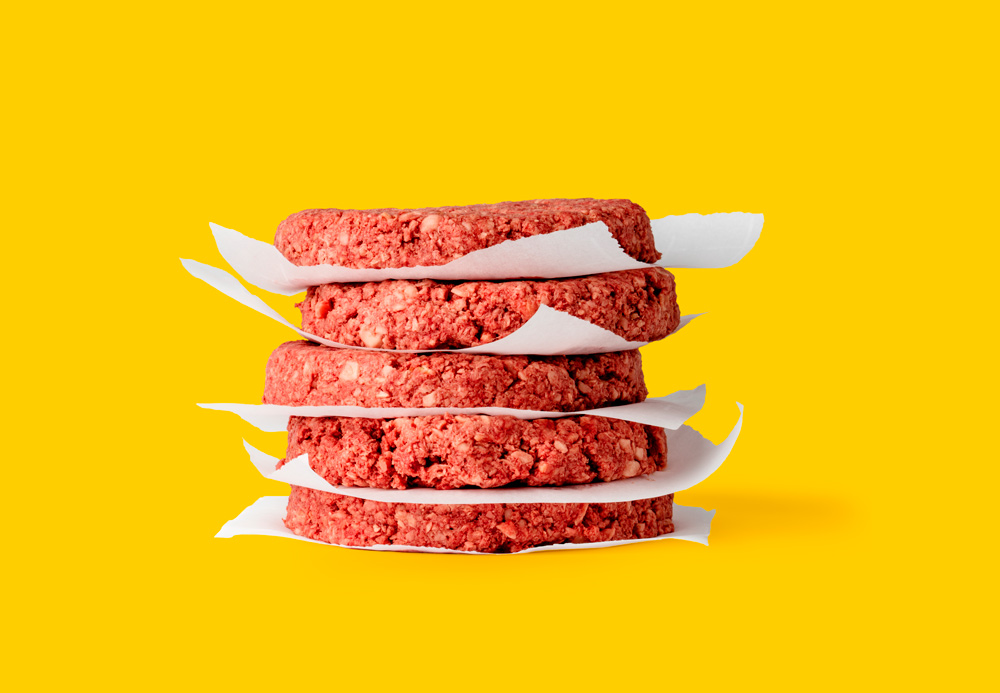
The production and over-consumption of mass-produced meat isn’t good for anyone. We all know this. It’s bad for us: it’s linked to the increased risks of cancer, heart disease, diabetes and antibiotic resistance. It’s bad for The environment: animal agriculture produces roughly 15 per cent of greenhouse gas emissions, requires 40 per cent of the planet’s land surface and consumes 25 per cent of the world’s fresh water. And it’s not exactly ideal for the animals, either. When you look at the situation objectively, it seems absurd. Why, despite all of this, do people still eat meat at all? Aside from questions of human nature, for many, it’s simply delicious. Vegans have long posed the question, however: “Does one’s taste preferences have more value than an animal’s right to life?” Looking at it objectively, the answer is no.
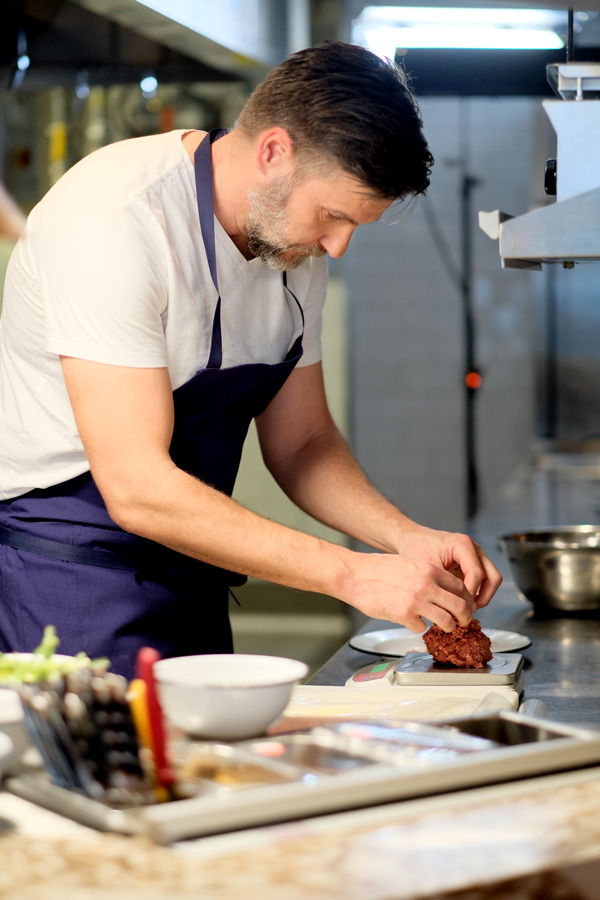
Enter Impossible Foods, which launched its first international outpost in Hong Kong earlier this year. The California-based company is on a mission to make the global food system as sustainable as possible by 2035, with goals of replacing all traditional meat, fish and dairy products with high-tech plant-based versions that look, taste and bleed like the real thing.
Created with meat lovers in mind, Impossible’s first product has zero cholesterol and no added hormones or antibiotics. It’s called the Impossible Burger and it’s made from wheat protein, coconut oil, potato protein and something called heme. According to the company, the burger is far more efficient to create than a conventional patty, using just 25 per cent of the water and five per cent of the land, and emitting 13 per cent of the greenhouse gases compared to a beef burger.
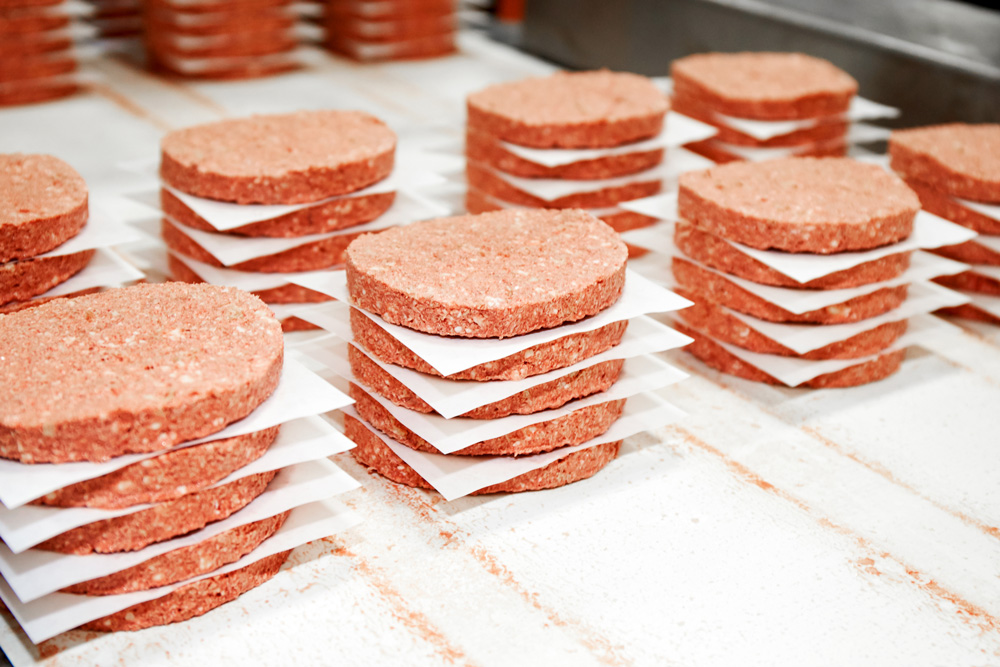
But what actually is heme? It’s an iron-rich molecule found in every plant and animal on earth. The Impossible team discovered that heme gives beef its distinctively meaty flavour, which is basically a nice way of saying that it tastes like blood. It’s the company’s not-so-secret key to creating a craveable plant-based meat option that carnivores actually want to eat. Impossible created a way of manufacturing an atom-for-atom replica of beef heme by genetically engineering and fermenting yeast; the result is soy leghemoglobin, a protein naturally occurring in plants.
It sounds perfect on paper, but there’s an unlikely community that’s not buying it: vegans. With the Impossible Burger’s increased popularity, now available in more than 1,400 locations including the US fast-food chain White Castle, the burger draws a lot of attention. But not all of it is good, as a cursory look at the company’s Facebook page reveals.
To prove the safety of heme, Impossible voluntarily tested on animals – 80 rats, to be exact. The animals were fed excessive quantities of the molecule and their organs were then studied for adverse effects, of which there were apparently none. The results officially declared heme safe for human consumption, at least as far as the United States Food and Drug Administration (FDA) was concerned. Impossible had previously submitted extensive cruelty-free research that led to the same conclusions, but the FDA wasn’t convinced.
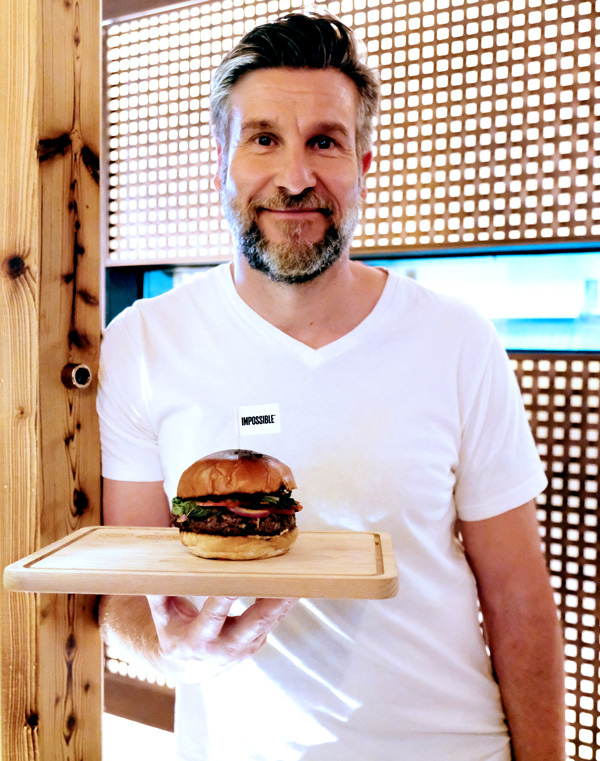
Impossible’s founder and CEO, Pat Brown, describes the decision to perform the animal testing as “agonising” but ultimately necessary. In an open letter, Brown states: “Without the rat testing, our mission and the future of billions of animals whose future depends on its success would have been thwarted. We chose the least objectionable of the two choices available to us.” He goes on to say that the study was “rigorously” designed to use the least number of rats possible and that they were treated as humanely as possible.
But this sacrifice of the few for the many doesn’t cut it for many vegans, and they’re taking to the brand’s social media pages to voice their concerns. Scroll through Impossible’s Facebook page and you’ll see comment after comment of critiques, ranging from the curious (“I’ve heard you tested on animals?”) to the aggressive (“Boycott!”) – one user repeatedly pastes the same excerpt from a vegan news site over and over again.
The main conversations around the Impossible Burger consistently revolve around the vegan community’s outcry at the animal testing and the lack of fully vegan options – though the patties are plant-based, they’re often cooked in animal fat or served with dairy. In Hong Kong, the two initial “launch” burgers created by Beef & Liberty and Little Bao both contained dairy.
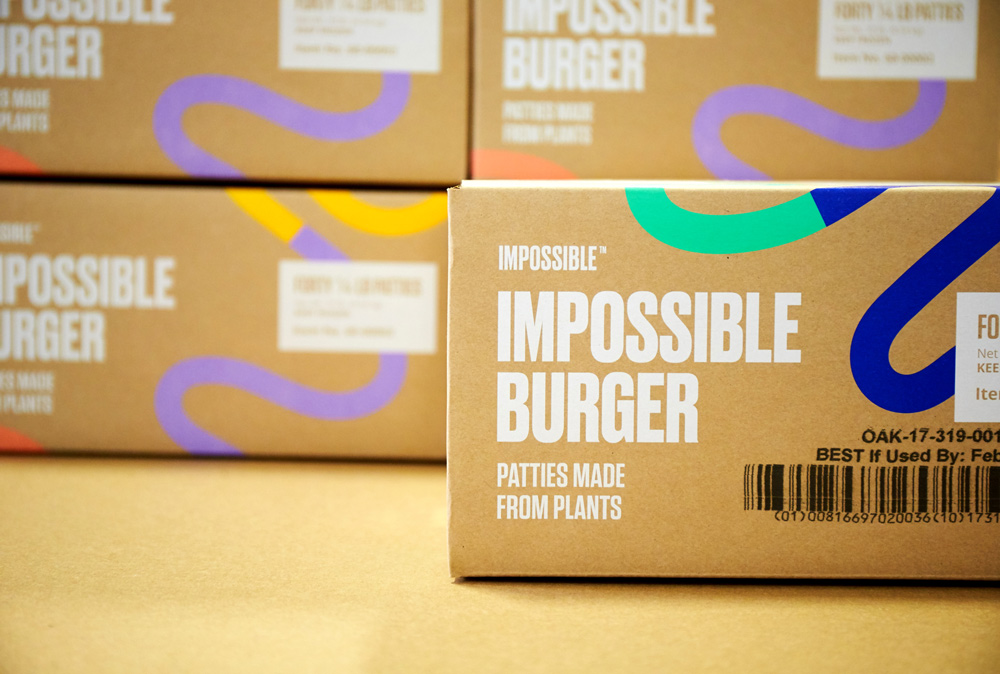
But Impossible was never created for vegans. The company exists to provide a realistic alternative for omnivores – an easy, more sustainable meat substitute that will satisfy meat lovers. And it seems to be working. The customer response at Beef & Liberty has been “phenomenal”, says chef Uwe Opocensky, one of the first people chosen to launch the product in Hong Kong. “People have been very curious and open to trying it. The Impossible Thai Burger has consistently been in our top three since launch and in some weeks even outsold the Bacon Cheese Burger, which is usually our most popular.”
This is a Hong Kong success story; a plant-based burger outselling traditional beef burgers in a city with one of the highest per-capita meat consumption rates in the world. That’s nothing short of shocking – and the implications are astounding. These numbers imply more than fleeting curiosity; they hint at the possibility that maybe, just maybe, a plant-based future is possible for everyone. It offers hope that science and food will be the answers to the myriad global crises such as starvation, draught and global warming.
Instead of focusing on the negatives, why can’t we relish in these exciting possibilities and support initiatives that work toward the greater good? Or at the very least, focus on more exciting negatives, like the potentially devastating possibilities that could arise from a single corporation controlling a majority of the world’s food supply. But that’s a story for another time…
This feature originally appeared in July/August print issue of #legend.




























